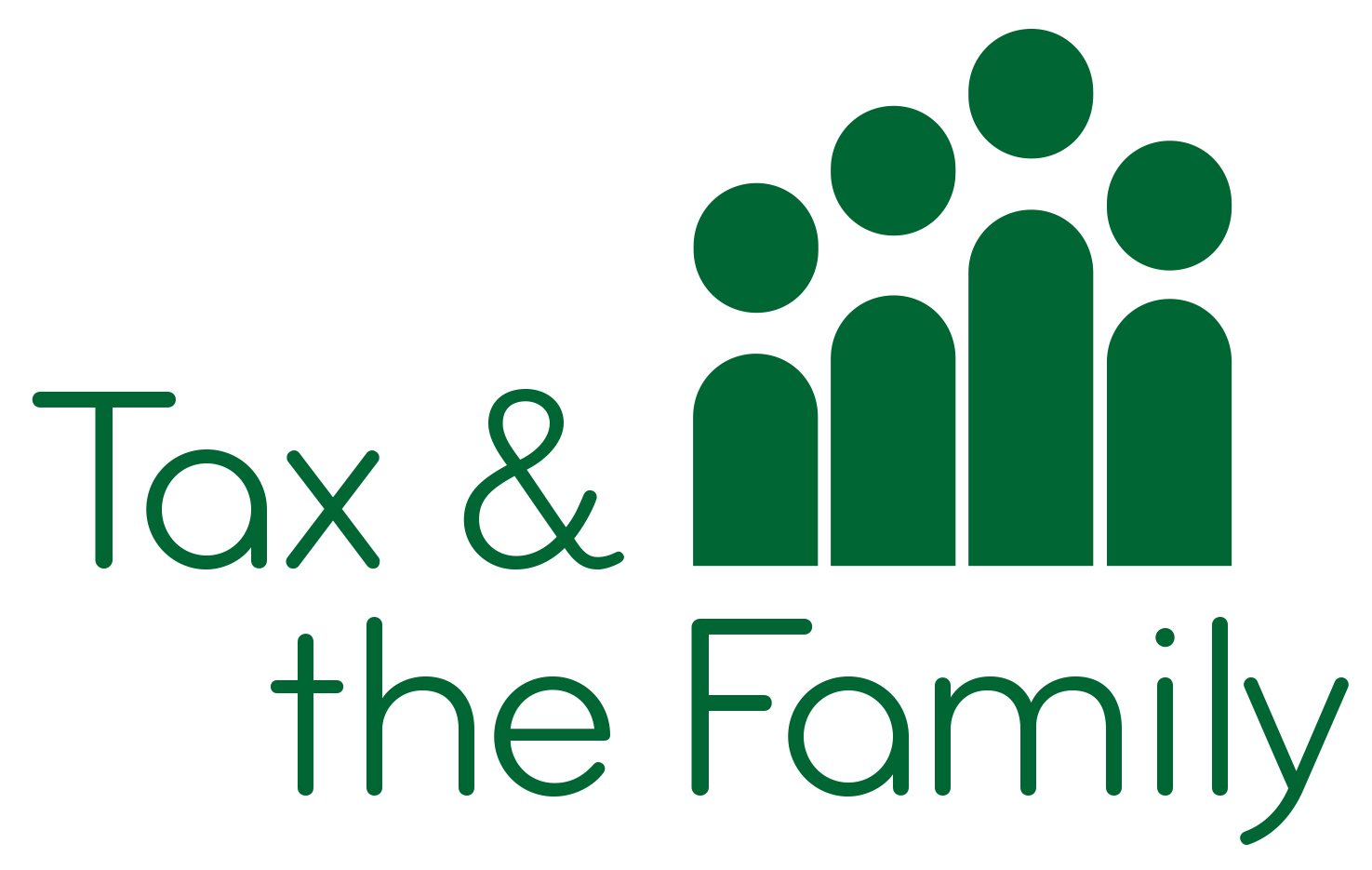Tax burdens in 2018/19 compared with 1990/91
This paper examines the effect the introduction of independent taxation in 1990 has had on different households. It compares families i.e. households with children with taxpayers without family responsibilities.
Income tax in 2018/19 differs from income tax in 1990/91 in a number of ways:
The basic rate of income tax is lower – in 1990 it was 25%, it is now 20%
The allowances (Married Couples Allowance and the Additional Personal Allowance) which single parents and cohabiting couples with children could claim and which were introduced in 1990 to prevent families losing out on the introduction of independent taxation were withdrawn in 2000.
The tax threshold (the amount that can be earned before income tax starts to be paid) is much higher.
The tax threshold for a single person without children has risen by almost 80%. For single parents and single-earner couples not entitled to the marriage allowance it has risen by only 13%. For a single earner couples entitled to the marriage allowance it has risen by 31 %. .
The maximum amount a couple could jointly earn without paying tax has risen by 38 %.
The higher rate threshold is lower in real terms.
In 2018 there is a married couples allowance (10% of the personal allowance), which was introduced in 2015 for married couples (or civil partners) not able to use, or fully use, two personal allowances.
In 2018 there is a High Income Child Benefit Charge.
Households with children receive much greater support through the benefit system than they did in 1990.
